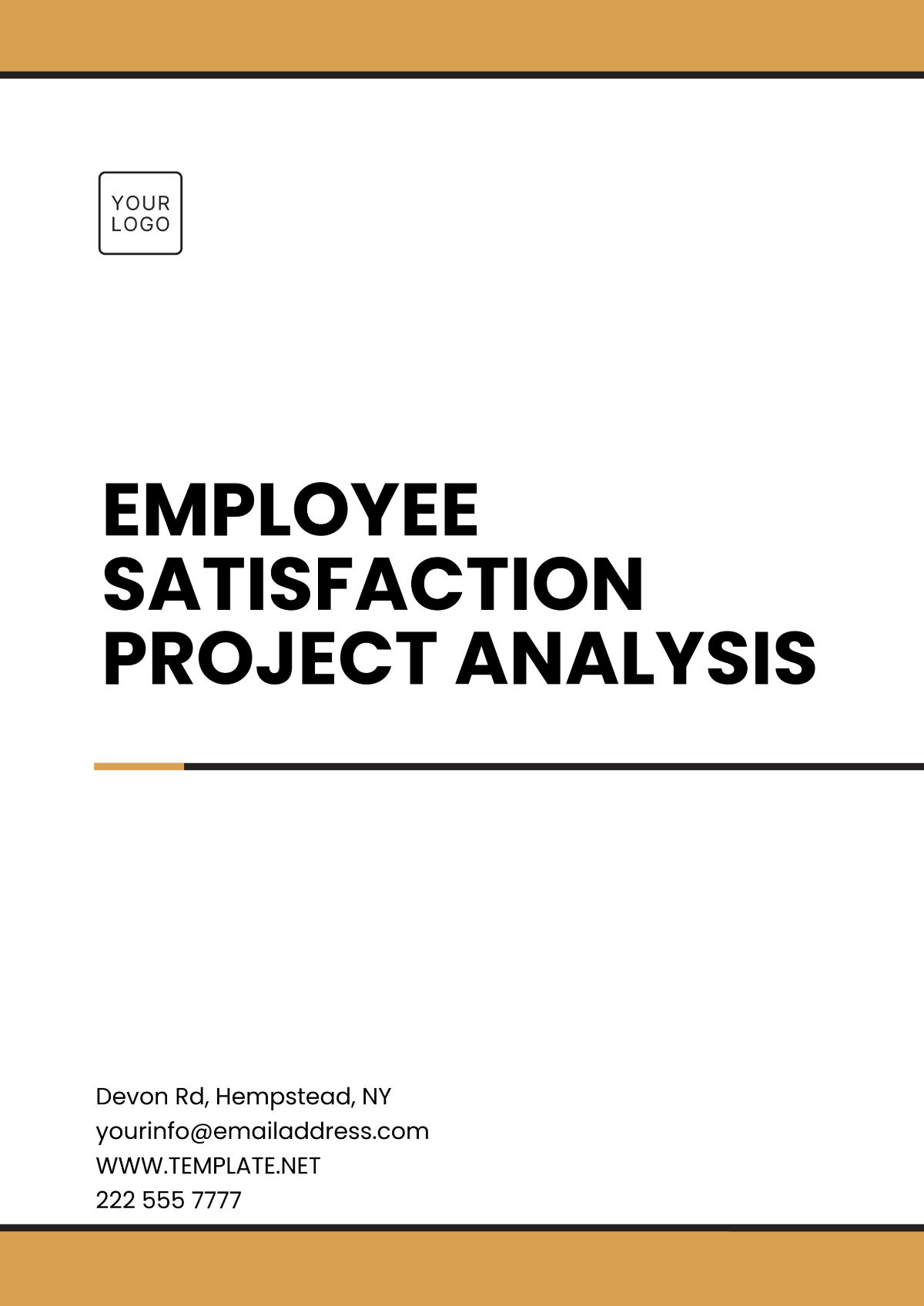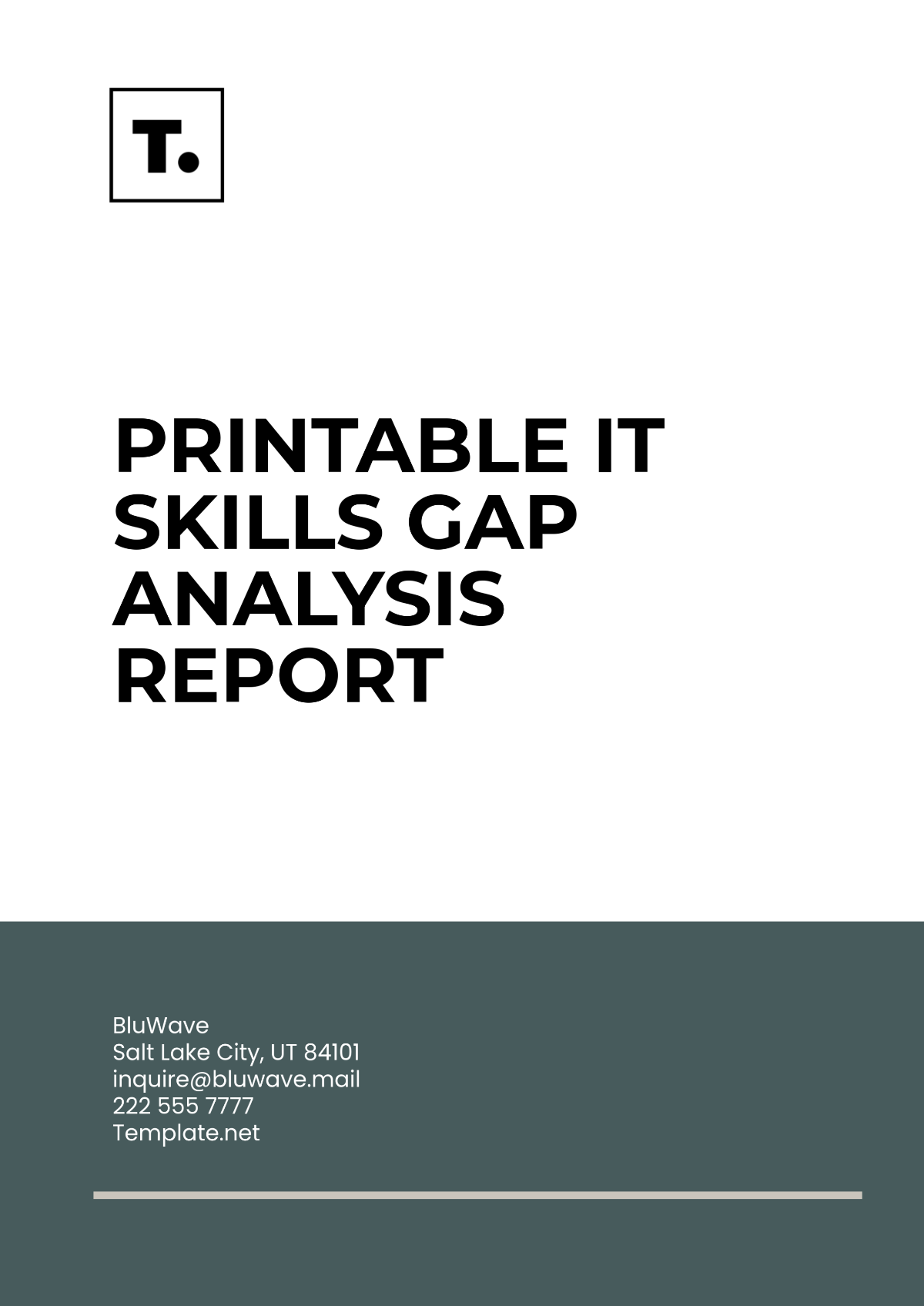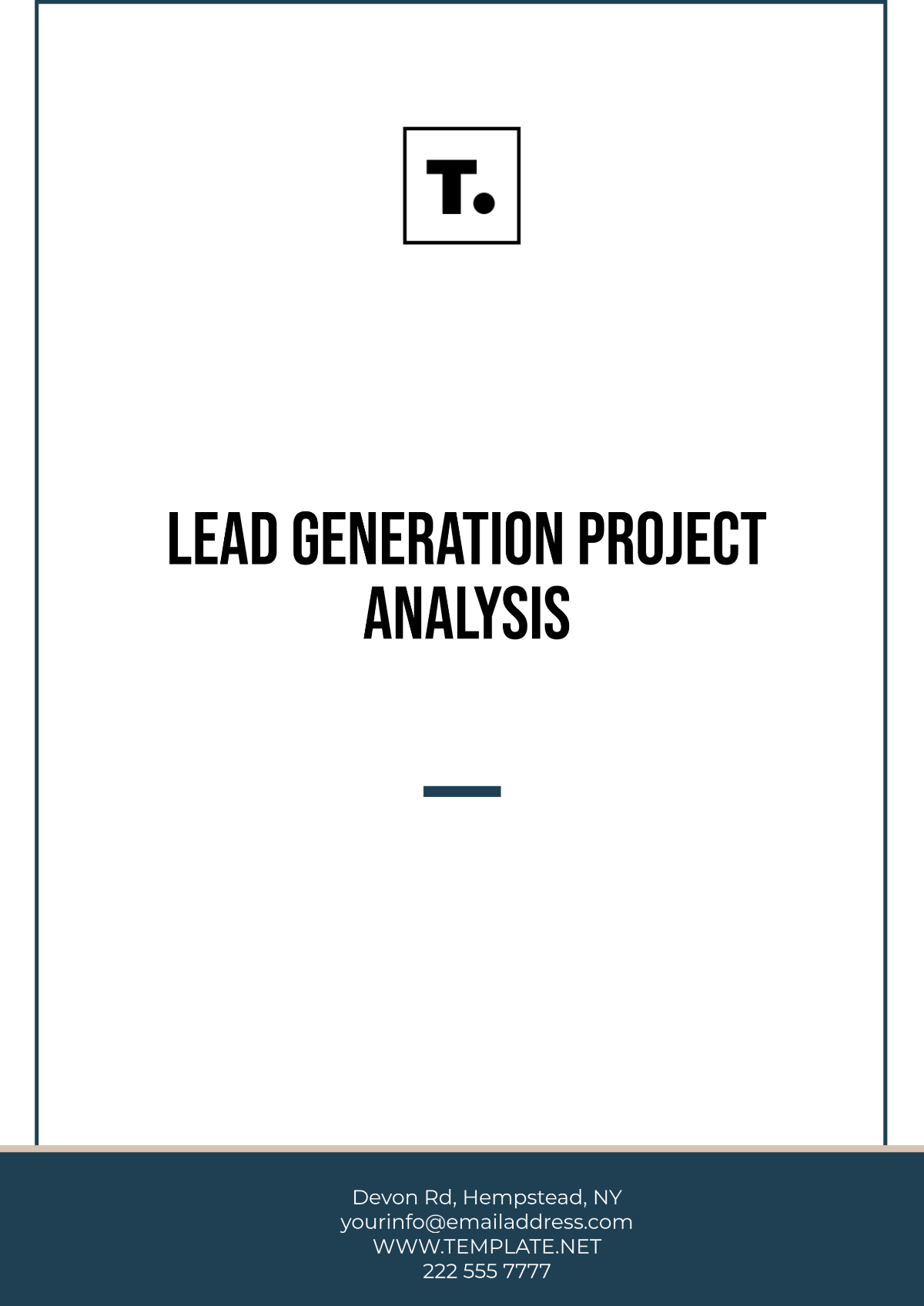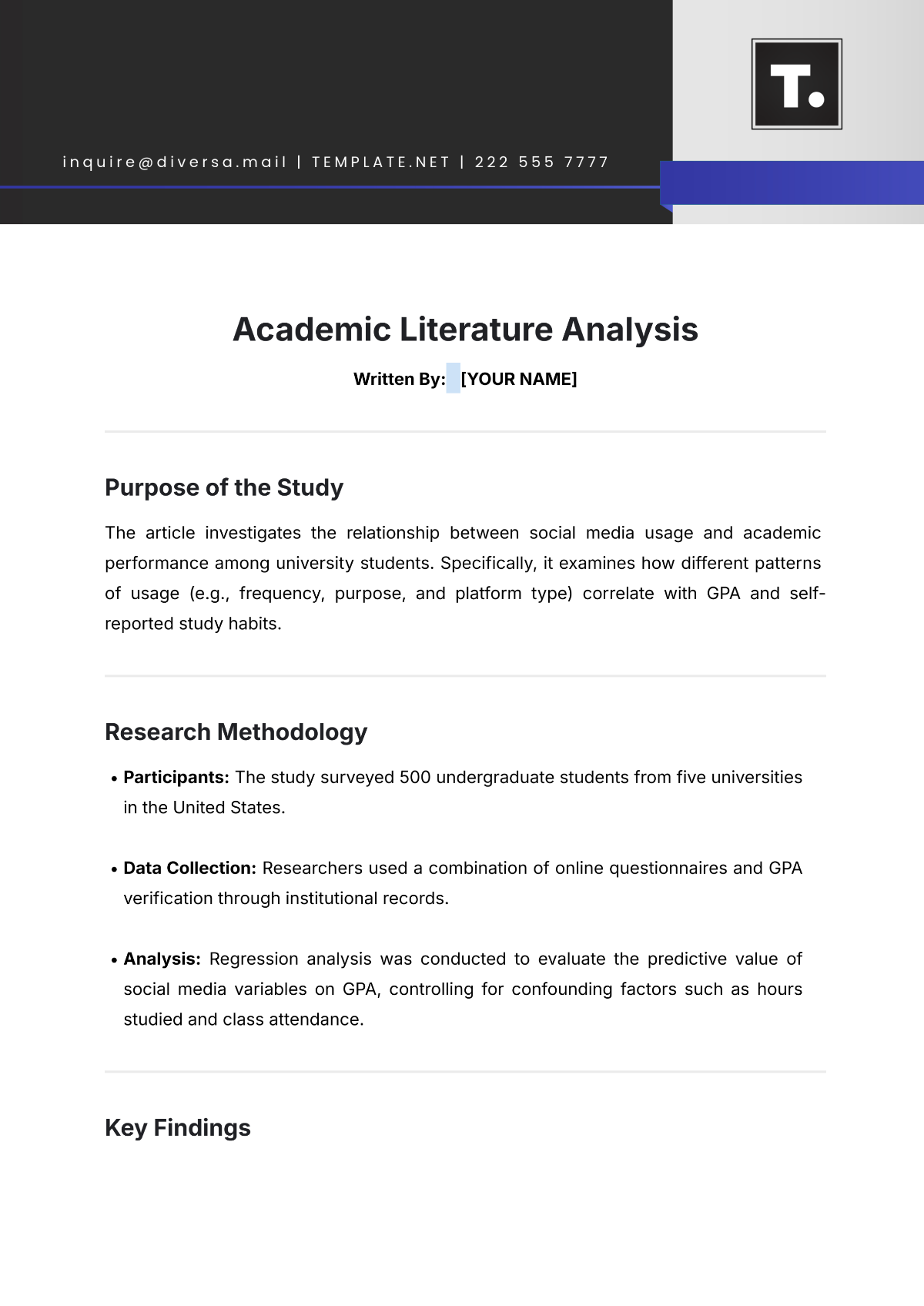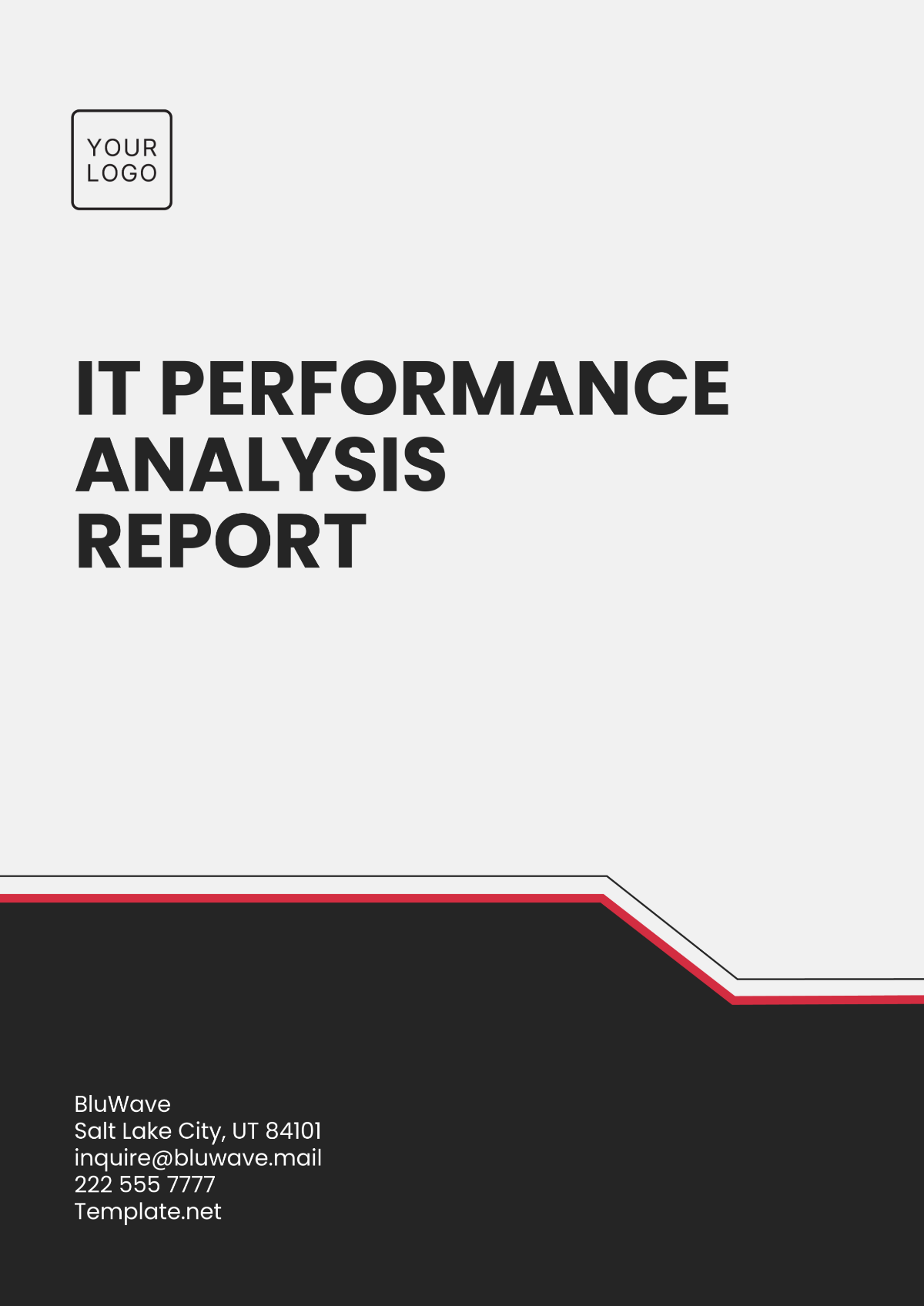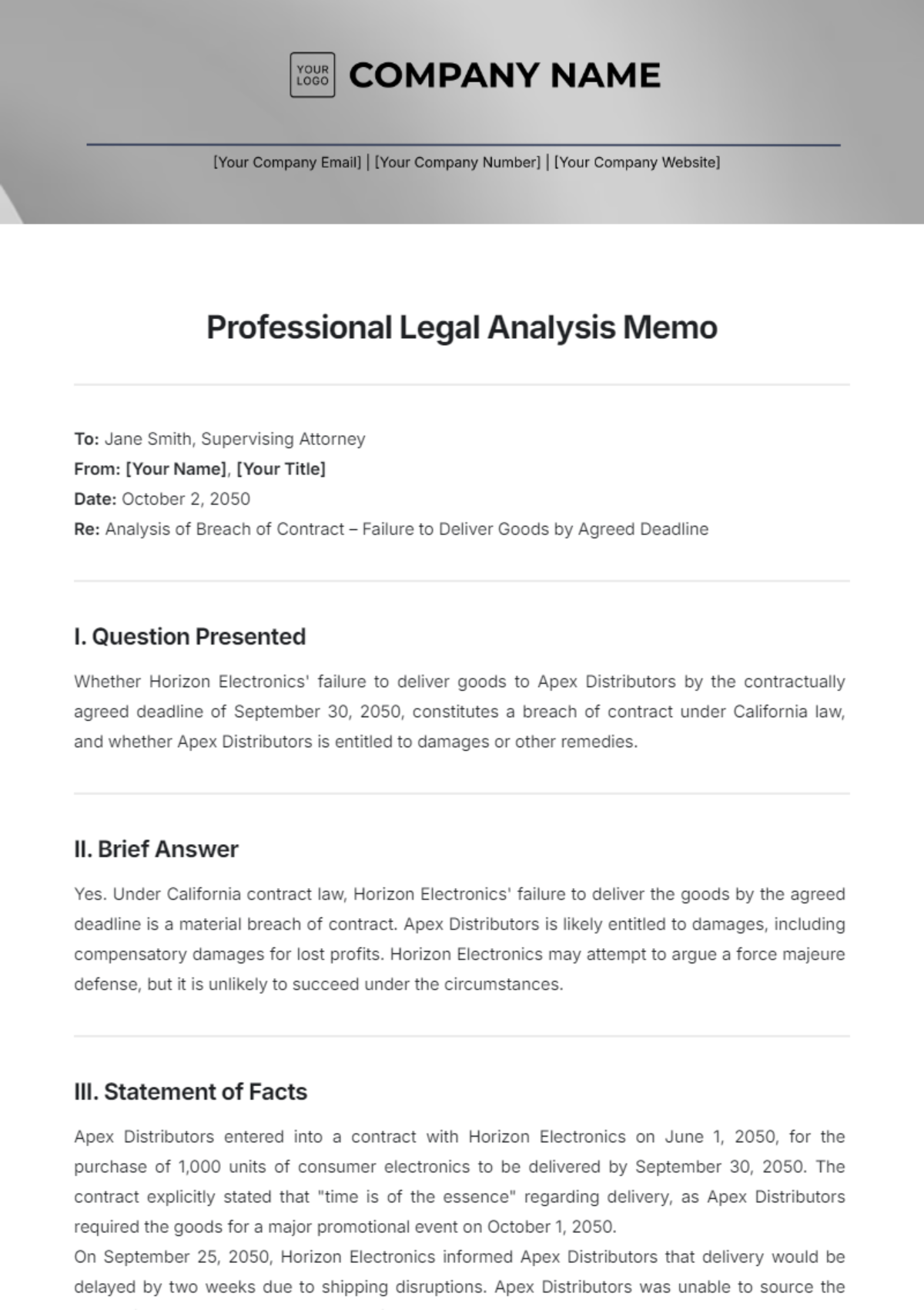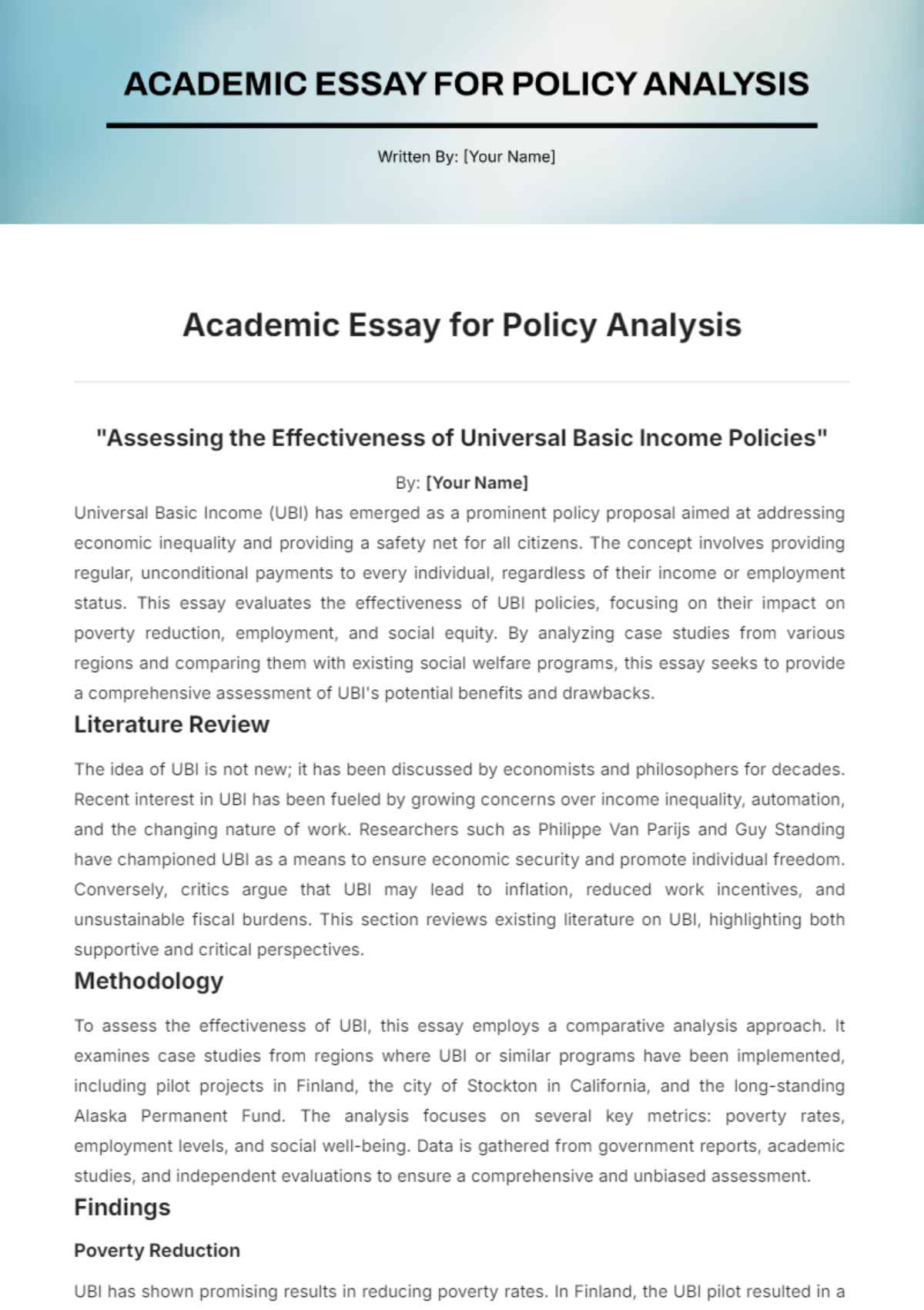Restaurant Quality Analysis
I. Introduction
Our Restaurant Quality Analysis delves deep into the crucial elements of Food Quality and Presentation, setting a framework for continuous improvement in a fiercely competitive culinary environment. By dissecting these two core aspects, our aim is to uncover not just our strengths that have charmed our patrons, but also the opportunities where we can enhance our offerings. Quality of ingredients and meticulous meal presentation are indispensable in influencing customer perceptions and, by extension, the overall success of our restaurant. This document is prepared with the intent to systematically analyze and adapt our current food preparation and serving protocols, thereby ensuring that each patron's dining experience is not only satisfying but also a compelling reason for them to revisit.
The cornerstone of any distinguished culinary establishment is the quality of ingredients used. Our analysis begins here, evaluating the sourcing, freshness, and variety of our ingredients. We assess the direct correlation between ingredient quality and customer satisfaction ratings, drawing on feedback collected from customer surveys and direct observations. By strengthening partnerships with premium suppliers and exploring local organic options, we aim to elevate our culinary standards. This section not only discusses current sourcing strategies but also outlines actionable steps towards enhancing ingredient quality, which is expected to improve overall meal taste and customer approval.
Further, our analysis emphasizes the art of meal presentation, a critical aspect that complements culinary skills and enhances the dining ambiance. Through staff workshops and collaboration with seasoned chefs, we propose to refine our presentation techniques to keep pace with contemporary trends and customer expectations. This segment details the evaluation of current plating methods against industry standards and customer preferences, identifying specific areas for improvement. By fostering a culture of creativity and precision among our kitchen staff, we aim to transform every dish into a visually appealing and gastronomic delight, thereby enriching the overall dining experience and reinforcing customer loyalty.
II. Methodology
Our approach to conducting a thorough and effective Restaurant Quality Analysis involves a multifaceted methodology that spans various dimensions of our operation. Over a three-month evaluation period, we implemented a comprehensive strategy to gather, analyze, and interpret data related to food quality and presentation. This period was strategically chosen to mitigate the effects of seasonal variations, providing a stable basis for our findings. Below, the methodology is detailed in a comprehensive table, outlining the tools and processes used in our analysis.
Method | Description | Purpose | Data Collection Frequency |
|---|---|---|---|
Customer Feedback | Collect feedback through digital surveys, comment cards, and direct interviews post-dining. | To gauge customer satisfaction with food quality and presentation. | Daily |
Observation of Kitchen Practices | Conduct random and scheduled observations of kitchen operations, focusing on ingredient handling and meal plating techniques. | To assess adherence to food safety standards and presentation accuracy. | Weekly |
Competitor Analysis | Visit competing restaurants and review their menu offerings, pricing, and customer service practices. | To benchmark our offerings against the market and identify trends. | Monthly |
Industry Benchmark Trends | Analyze reports and publications from culinary associations and food service industry experts. | To align our practices with industry-leading standards and innovations. | At the start and end of the evaluation period |
Each of these methods was carefully selected to provide a comprehensive view of our restaurant’s performance from both an internal operational standpoint and an external market position. This robust approach ensures that we capture a broad spectrum of data, from real-time customer reactions to strategic market positioning, allowing us to formulate effective improvement strategies based on reliable, detailed insights.
III. Key Findings
Our Restaurant Quality Analysis has yielded critical insights into the areas of ingredient quality, meal presentation, and menu diversity. These findings are crucial as they not only reflect our current operational successes but also highlight significant opportunities for improvement and innovation. Below is a detailed table summarizing the key findings from each category, which will guide our strategic decisions moving forward to enhance overall customer satisfaction and market competitiveness.
Category | Findings | Impact on Customer Satisfaction | Suggested Improvements |
|---|---|---|---|
Ingredient Quality | High-quality, fresh ingredients received universal praise from customers. | Positive impact on satisfaction scores. | Continue sourcing high-quality, fresh ingredients. |
Meal Presentation | Current styles do not consistently meet the high standards of our cuisine. | Negative impact on perceived value and satisfaction. | Introduce modern plating techniques and staff training. |
Menu Diversity | Existing diversity is appreciated; however, there is high demand for vegan and gluten-free options. | Mixed impact; positive for diversity, negative for lack of options. | Expand menu to include more vegan and gluten-free dishes. |
These findings are instrumental in understanding how closely tied our restaurant’s practices are to customer perceptions and satisfaction. By addressing the areas highlighted, particularly in enhancing meal presentation and expanding our menu options, we aim to elevate the dining experience and better meet the evolving tastes and dietary preferences of our patrons.
IV. Insights from the Data
Our detailed analysis of customer feedback and its impact on retention provides a clear picture of what aspects are driving our restaurant's success and areas where we must focus our improvements. The following table presents valuable statistics and key insights into how each criterion—ingredient quality, meal presentation, and menu diversity—affects customer retention. This structured approach helps us strategically address these aspects to enhance customer loyalty and satisfaction.
Criteria | Customer Feedback | Impact on Customer Retention | Key Insights |
|---|---|---|---|
Ingredient Quality | High satisfaction | Positive impact | 90% of repeat customers cite quality as crucial. |
Meal Presentation | Moderate to low satisfaction | Negative impact | Improvement could reduce customer churn by 15%. |
Menu Diversity | High demand for expansion | Positive impact if implemented | Potential 20% increase in customer visits with more vegan and gluten-free options. |
These insights are pivotal, showing that while our ingredient quality is a strong suit, there is significant room for growth in meal presentation and menu diversity. By focusing on these areas, we can potentially reduce customer churn and increase the frequency of visits, particularly by expanding our offerings to cater to evolving dietary trends and preferences. This strategic information guides our decisions to ensure we continue to meet and exceed customer expectations, fostering stronger loyalty and retention.
V. Actionable Recommendations
The actionable recommendations derived from our comprehensive Restaurant Quality Analysis are designed to address the key findings and insights we have gathered. These strategies are intended to improve our overall service quality, attract a broader customer base, and ensure the sustainability of our high standards. Below is a table outlining seven strategic recommendations, each with specific actions, expected outcomes, and responsible parties.
Recommendation | Specific Actions | Expected Outcome | Responsible Party |
|---|---|---|---|
Offer training sessions for kitchen staff | Conduct bi-monthly workshops on contemporary plating techniques. | Enhanced visual appeal of dishes, increased customer satisfaction. | Head Chef |
Periodically review and refresh the menu | Update the menu quarterly to include more vegan and gluten-free options. | Attract a more diverse clientele, improve market competitiveness. | Menu Development Team |
Establish partnerships with local producers | Create agreements with local farms for supply of fresh ingredients. | Ensure consistent quality and freshness of ingredients. | Purchasing Manager |
Implement a customer feedback system | Introduce digital feedback tools available post-meal. | Collect real-time data to quickly react to customer preferences. | Customer Service Manager |
Enhance online marketing strategies | Update the website and social media channels to highlight new menu items and sustainability efforts. | Increase online engagement and drive more foot traffic. | Marketing Director |
Develop staff incentives for exceptional service | Implement a reward system for staff who excel in customer service and presentation skills. | Foster a motivated and engaged workforce, enhancing overall service quality. | Human Resources Manager |
Regularly analyze competitor and industry trends | Schedule monthly meetings to discuss market changes and potential adaptations. | Stay ahead of industry trends and adapt strategies accordingly. | Strategy and Planning Team |
These recommendations are structured to provide clear guidance and accountability, ensuring that each aspect of our operation is enhanced systematically. By executing these actions, we aim to fortify our restaurant's reputation as a leader in culinary excellence and customer service.
VI. Conclusion
Our comprehensive Restaurant Quality Analysis has provided us with invaluable insights, emphasizing the dual importance of intrinsic culinary excellence and extrinsic dining experiences in customer satisfaction. Our commitment to high-quality ingredients has consistently earned us commendations, yet our findings pinpoint a critical need for improvement in meal presentation. To synchronize the aesthetic appeal of our dishes with their culinary quality, immediate enhancements in presentation techniques are imperative. Addressing this will not only elevate the dining experience but also align it more closely with the high standards our customers expect.
In addition to refining our presentation, the analysis highlights a substantial demand for broader menu options, particularly vegan and gluten-free choices. By expanding our menu to include these options, we cater to a wider audience, addressing modern dietary trends and preferences that dominate current market demands. This strategic expansion is expected to enhance customer satisfaction and retention, demonstrating our responsiveness to customer needs and our adaptability to evolving market conditions.
Implementing the outlined recommendations promises substantial benefits. We anticipate these changes will not only solidify our market position but also pioneer new standards in the competitive culinary landscape. By continuously adapting and improving, we aim to create a memorable dining experience that attracts and retains a diverse clientele, fostering long-term loyalty and setting a benchmark for culinary excellence. These strategic moves are pivotal in our journey towards becoming a leader in the restaurant industry, renowned for both culinary prowess and exceptional dining experiences.















